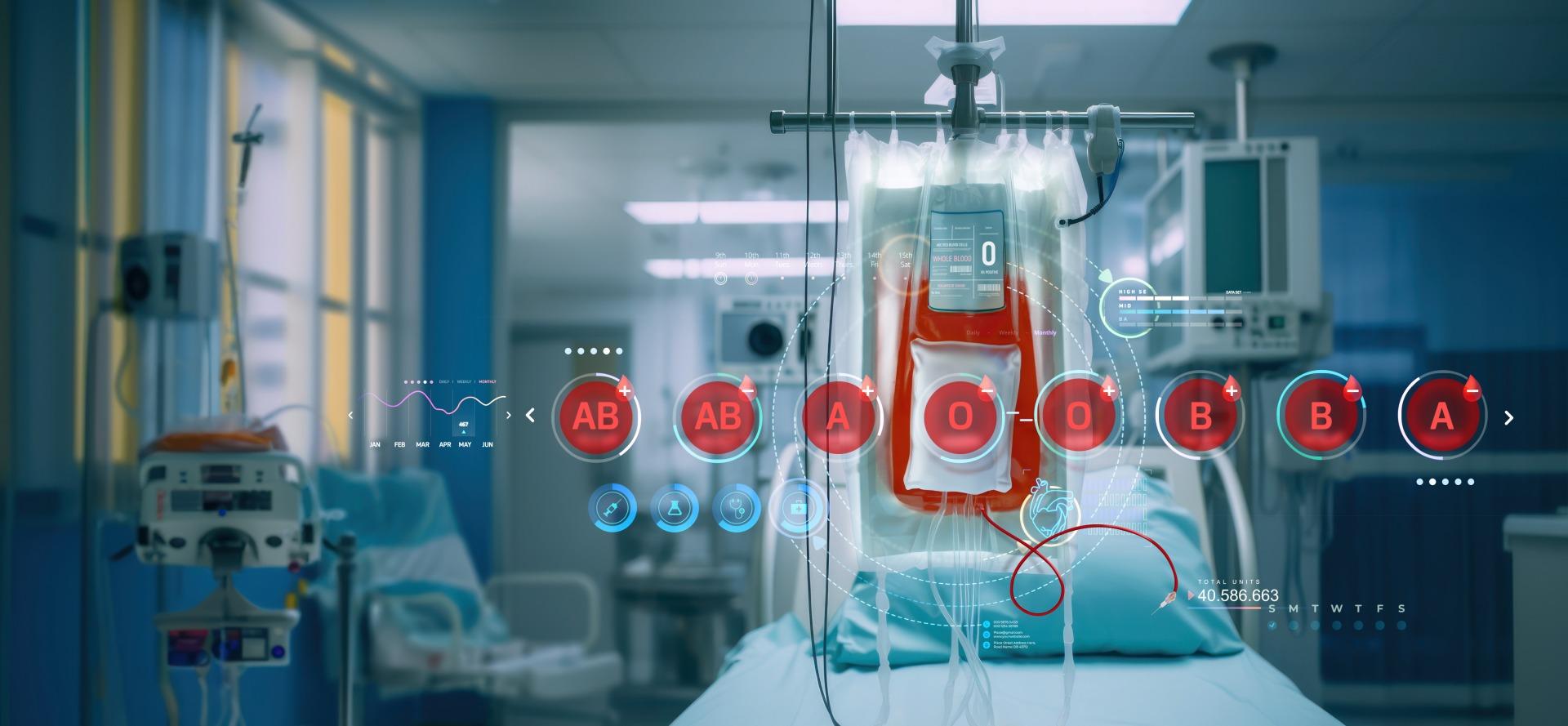Computer Vision (CV) emerged as a transformative field within machine learning, focusing on the processing and analysis of visual data. Its primary objective is to enable machines to “understand” and interpret information embedded in images, videos, or visual data.
By extracting meaningful insights from data, computer vision systems can appropriately respond and take specific actions. For instance, a computer vision system can recognize a face in an image, authorizing or denying access to a smartphone screen based on that identification.
The evolution of computer vision systems contributes to the automation of existing solutions, reducing the risk of human error, significantly speeding up processes, and cutting long-term labor costs. Moreover, these systems open up new possibilities for analyzing data presented in alternative formats. In certain cases, data can be transformed into image form, allowing for a different perspective in analysis. For example, sound can be converted into a spectrogram, representing the frequency content at each moment of an audio file. This advancement marks a significant stride in reshaping how machines perceive and interact with visual information, reflecting the ongoing transformative trends in technology.
Milestones in Computer Vision
In 2011, the debut of the first Convolutional Neural Network (CNN) marked a breakthrough capable of winning computer vision competitions. This event initiated a significant advancement in computer vision, as reflected in the surge of publications in the field of machine learning. The inception of CNNs revolutionized the landscape, demonstrating their prowess in image recognition tasks and fostering continuous innovation in computer vision techniques. This milestone not only showcased the power of deep learning but also set the stage for ongoing developments, shaping the trajectory of computer vision and its applications.
The development of technology has allowed for the creation of new architectures enabling more accurate results in a shorter time, as well as the development of advanced open-source models suitable for various conditions. The abundance of new solutions is a response to the growing market demand in the field of computer vision. New projects can interchangeably use innovations in the pursuit of those that fulfill their tasks in the most precise way. The available solutions allow for customization to meet specific needs due to their high flexibility.
It is particularly noteworthy to emphasize the existence of solutions such as:
ViT (Vision Transformer) – Transformer-type neural networks were introduced in 2017 for natural language processing (NLP). Their architecture showed a predisposition for use in computer vision, which began in 2020. The popularity of ViT continues to grow due to its spectacular results compared to other solutions.

YOLO-NAS (You Only Look Once – Neural Architecture Search) – YOLO belongs to the group of convolutional neural networks (CNN) and was introduced in 2016. Due to its high accuracy delivered in a short time, it became extremely popular, serving as inspiration for other creators and resulting in the development of subsequent iterations. In May 2023, the YOLO-NAS model was released, significantly increasing the speed of inference along with improved results.

Additionally, the advancement of computer vision technology opens up new possibilities in fields such as medicine, industry, security, and entertainment. In the coming years, we can expect this technology to increasingly influence our daily lives, changing the way we interact with our surroundings.
With each new breakthrough in science and technology, innovations in computer vision are set to revolutionize existing systems and lead to the development of even more advanced solutions. This paves the way for a future in which computer vision is a key component of the digital transformation of our world.










